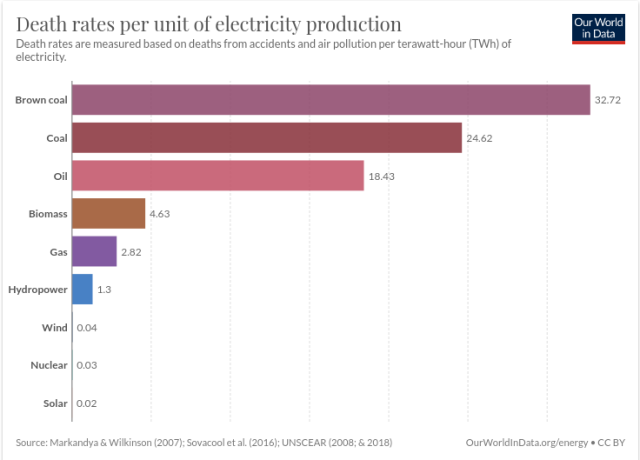As the scale of the environmental and economic damage from #Dnipro dam destruction is not yet fully comprehended, I just wanted to make one note on social perception of risk.
For the last year everyone has been concerned about about the hypothetical threat of #nuclear power plant attacks in Zaporizhzhia NPP. It never happened thanks to mobilization of international community to execute pressure on Russian occupational forces that included numerous visits of IAEA, diplomats from the West and China etc and even installing a permanent IAEA monitoring mission in ZNPP.
At the same time, over one night #Russia has materialized actual threat of scale that may go well beyond any worst case scenario in ZNPP after it was shut down. Warnings about impact of a hydro dam failure were already voiced in 2022 after Russia has planted explosives on the dam in Novaya Khakovka and hinted it will be used as a weapon if necessary. But there were no Chinese diplomats coming to Moscow, no IEA monitoring mission on the dam and media forgot about it the next day.
Why? Because water seems to be a “natural” threat that everyone is familiar with. In case of #Fukushima it was the Tōhoku earthquake and tsunami that killed over 20’000 people but world’s attention is still focused on the nuclear plant disaster today where zero people were killed. Some environmental organisations intentionally distorted the tragedy by attributing all these deaths to the plant failure!
Is water any safer? Well, it’s not - if you’re killed by water, you’re dead in the same way as if you were hypothetically killed by gamma radiation. 1975 Banqiao dam disaster[^1] in #China killed 26,000 to 240,000 people, and rendered 12’000 km2 unusable for decades due to sediments and pollution. Since then, there’s a few dam failures[^2] globally almost each year - e.g. 2021 Rishiganga dam killed over 60 people. Last dam failures in USA were in 2020. Fujinuma dam failure in Japan in 2011 as result of the same Tōhoku earthquake killed 8 people, which is 8 more than Fukushima NPP disaster!
Yet hydro power is widely considered “clean and safe”, which is pretty much the same cognitive bias as legal qualification of gloves or boots used at a nuclear power plant as “nuclear waste”, while coal ash or natural gas mining tailings are not, even though they have much higher actual content of radioactive elements 🤷♂️ In terms of human deaths per amount of electricity, hydro power is 43x more deadly than nuclear,[^3] which is why it’s important to look at the actual data and science rather than yield to the socially accepted biases, where coal is “dirty but safe” and hydro power is “clean and safe”. You can’t talk over physics, which is why in countries that do this[^4] you can actually see more people being harmed,[^5] and the fact they’re harmed by “natural” coal or water doesn’t make a slightest difference to them.
[^1]: en.wikipedia.org/wiki/1975_Ban… [^2]: en.wikipedia.org/wiki/Dam_fail… [^3]: ourworldindata.org/safest-sour… [^4]: write.as/arcadian/ideological-… [^5]: grist.org/energy/the-cost-of-g…
The cost of Germany turning off nuclear power: Thousands of lives
Shutting down nuclear plants makes way for a silent killer: Air pollution.Nathanael Johnson (Grist)
